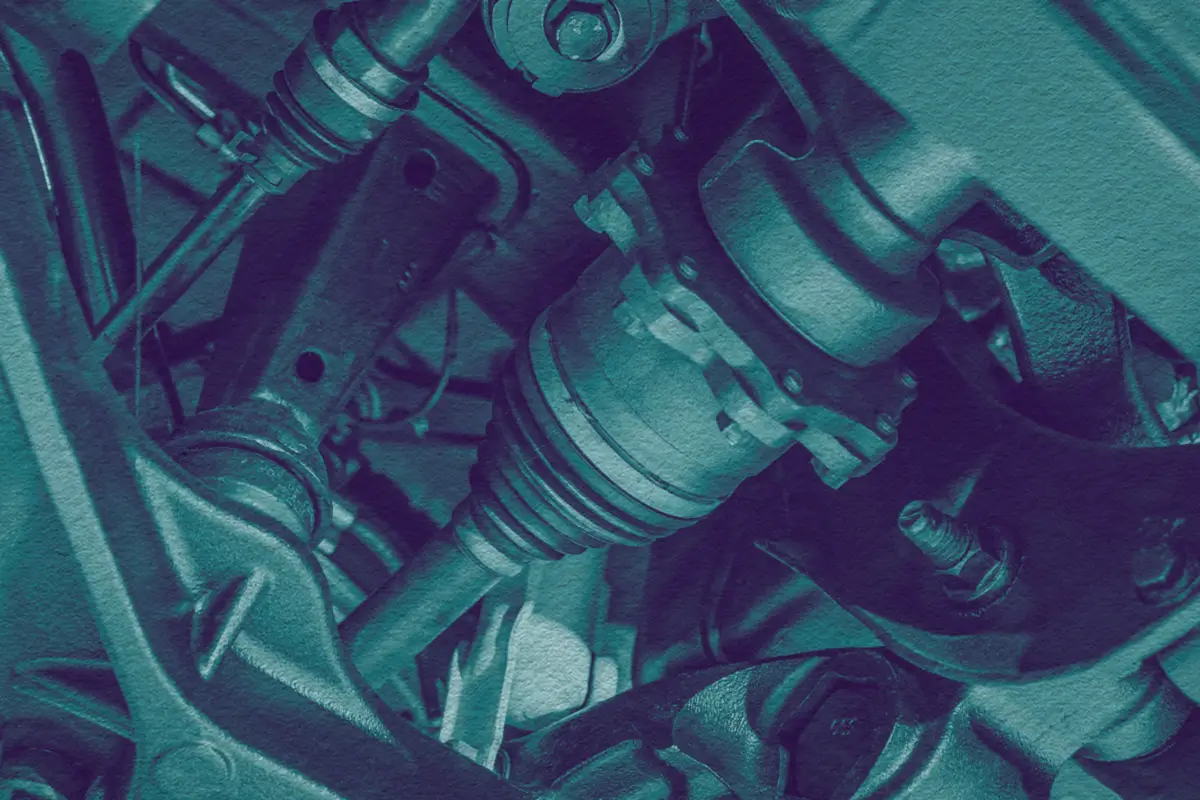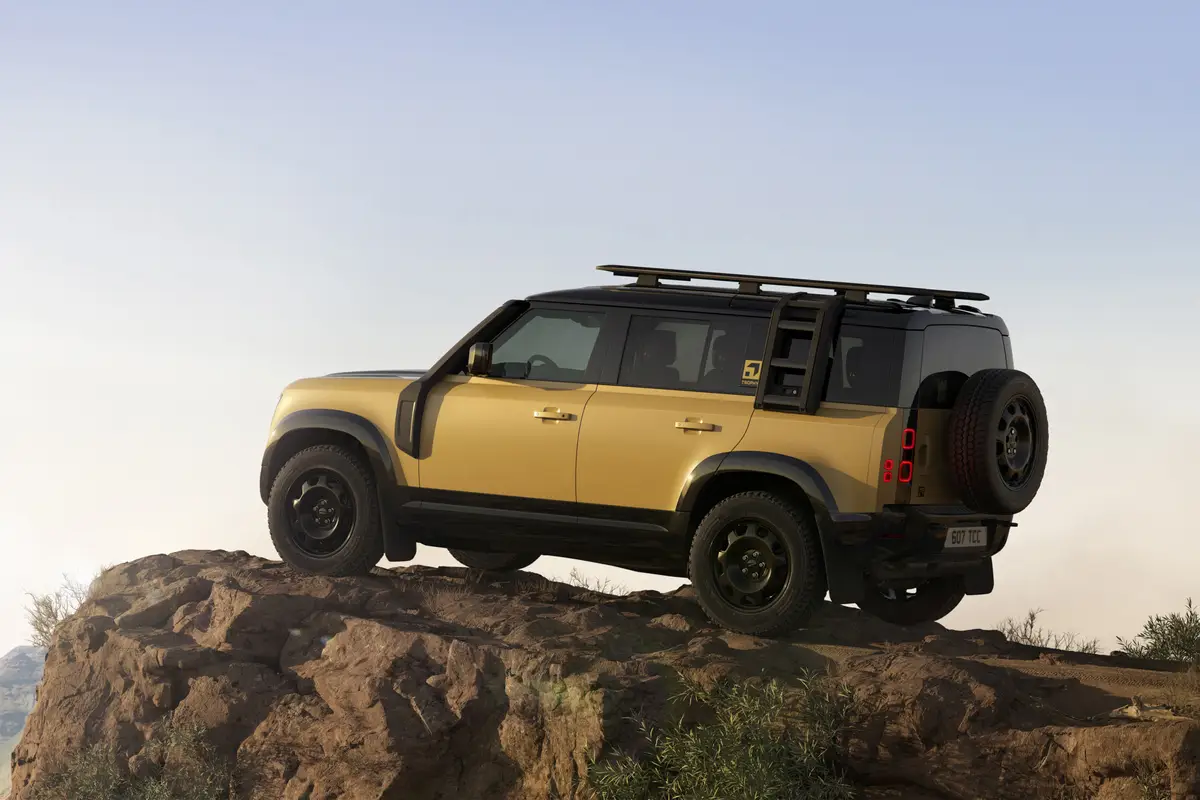The Detroit News's view
JULIAN, Calif. — It’s late February and clearly still winter here in the Cleveland National Forest just east of San Diego. Piles of hailstones and traces of a recent snowfall dot the roadside, and the few deciduous trees at this altitude look more brown than green.
We’re winding our way up Highway 78, just outside the old mining town of Julian, and as the elevation climbs above 6,000 feet, the thermometer plunges — 48 degrees, 42, 37.
Fortunately, the sun has melted most of the snow and ice, the pavement is pretty dry and conditions seem nearly perfect for sampling Chrysler’s new sports car, the 2004 Crossfire, described by one of its developers as “the first baby” of Chrysler’s marriage with Daimler-Benz.
The Crossfire quacks like a Chrysler, but waddles unmistakably like a Mercedes — no surprise, considering how much it shares with the SLK 320, the Mercedes roadster with a retractable hardtop.
Chrysler engineers say nearly 40 percent of the parts on the Crossfire came from the Mercedes parts bin, but the car’s driving dynamics and on-road personality owe a much greater debt to its German siblings.
The engine, a single-overhead-cam 3.2-liter V-6, and the five-speed automatic transmission, are lifted pretty much intact from the SLK.
Most of the suspension pieces come from the SLK or its progenitor, the C-class. Even the major exterior dimensions are within an inch or two of each other.
Inside, the Crossfire has a distinctive Mercedes-like flavor, although the Chrysler designers did what they could to disguise some of the car’s ancestry.
The whole center stack housing the audio and climate controls looks like it was shipped directly from Stuttgart, although the big, beautiful gauges in the instrument pod undoubtedly came from Auburn Hills.
Chrysler designers, in fact, did a lovely job on the cabin, which cocoons driver and passenger in true sports car fashion. Little details, like the fine stitching on the seats and doors, give the car an expensive look.
There are loads of amenities and power accessories, some of whose Teutonic roots are easily identifiable. Chrysler did what it could to imbue the Crossfire with its own character, perhaps a little less successfully on the inside than out.
The iconic power-seat switches are familiar, of course, but Chrysler relocated them from the door panel to the edge of the seat. Most of the switch gear also has a decidedly Mercedes flavor, as do the dizzying assortment of buttons in the center console.
Is this direct link to Mercedes-Benz necessarily a good thing? Yes and no.
Like the SLK, the Crossfire is rear-wheel drive, the preferred configuration of driving enthusiasts. Unlike the SLK, however, the Crossfire’s top does not come down — not yet anyway.
It’s a fastback coupe with a distinctive boat-tail rear end that reminds more than one observer of the old Ramble r Marlin.
In many respects, the Crossfire feels well-balanced, at least until you start pushing the car toward the limit. At higher speeds, the steering feels unconnected to the road, lacking the crispness of some of its competitors.
The suspension is firm yet compliant, and the car hugs the curves nicely, but it doesn’t feel particularly nimble — a bit of a surprise, considering its relatively low curb weight of just over 3,000 pounds.
You can order the Crossfire with the five-speed automatic, which has manual-shift capability, or with a six-speed manual gearbox. Chrysler fits 18-inch wheels and tires in front, and 19-inchers in the rear. Tire choices include Michelin Pilot Sport 2s or Z-rated Continental all-seasons.
Those specs sound good on paper. Indeed, the Crossfire looks like it was made to go fast. But the long drive through the mountains and back down to El Cajon feels almost anti-climactic and a bit of a disappointment.
Little annoyances become more noticeable after 100 miles.
In the bright sun, I can’t read the liquid crystal display odometer without sunglasses. I can’t seem to lower the power seats to a comfortable driving position. The car’s wide rear pillars, narrow backlight and pop-up rear spoiler dramatically limit rearward vision. And the wide center console cramps my legroom.
Even with the six-speed manual, the V-6 begins to run out of steam, a disturbing tendency that I noticed when trying to pass another vehicle on a long straight.
Somehow, a mere 215 horses doesn’t seem adequate in a two-passenger coupe that’s masquerading as an expensive European sports car — not when you can get 240 horsepower in a Honda Accord for about $10,000 less.
Let’s talk about price for a minute. When we drove the Crossfire, Chrysler had not sorted out the pricing, but hinted the car will start at around $36,000 when it goes on sale in April.
That’s about eight grand less than the SLK 320, which comes with the aforementioned retractable roof, not to mention the hallowed three-pointed star logo.
I’m not sure whether the price differential makes the Crossfire a good value or the SLK overpriced — especially when you can choose from such formidable competitors as the Infiniti G35, Nissan 350Z, Audi TT and Porsche Boxster.
I’m still trying to sort out the ramifications of the Mercedes/Chrysler cross-pollination and wondering if the Crossfire would be more attractive as a convertible when we pass the Swallows Family Nudist Resort on the way back to El Cajon. (I couldn’t make this stuff up.)
The temperature, thankfully, has soared to 67 degrees.
And I’m thinking the more affluent residents of Swallows would definitely prefer the topless model.
How the Crossfire measures up to Mercedes SLK
Chrysler Crossfire — Mercedes-Benz 320 SLK
Wheelbase (in.): 94.5 — 94.5
Length (in.): 159.8 — 157.9
Width (in.): 69.5 — 67.4
Height (in.): 51.4 — 50.4
Curb weight (lbs.): 3,084 — 3,100
Engine: SOHC 3.2L V-6 — SOHC 3.2L V-6
Output (hp): 215 — 215
Transmission: 5-speed AT — 5-speed AT
Where built: Osnabruck, Germany — Bremen, Germany
Base price: $36,000 (est.) — $44,532
Source: Manufacturers
Latest news



